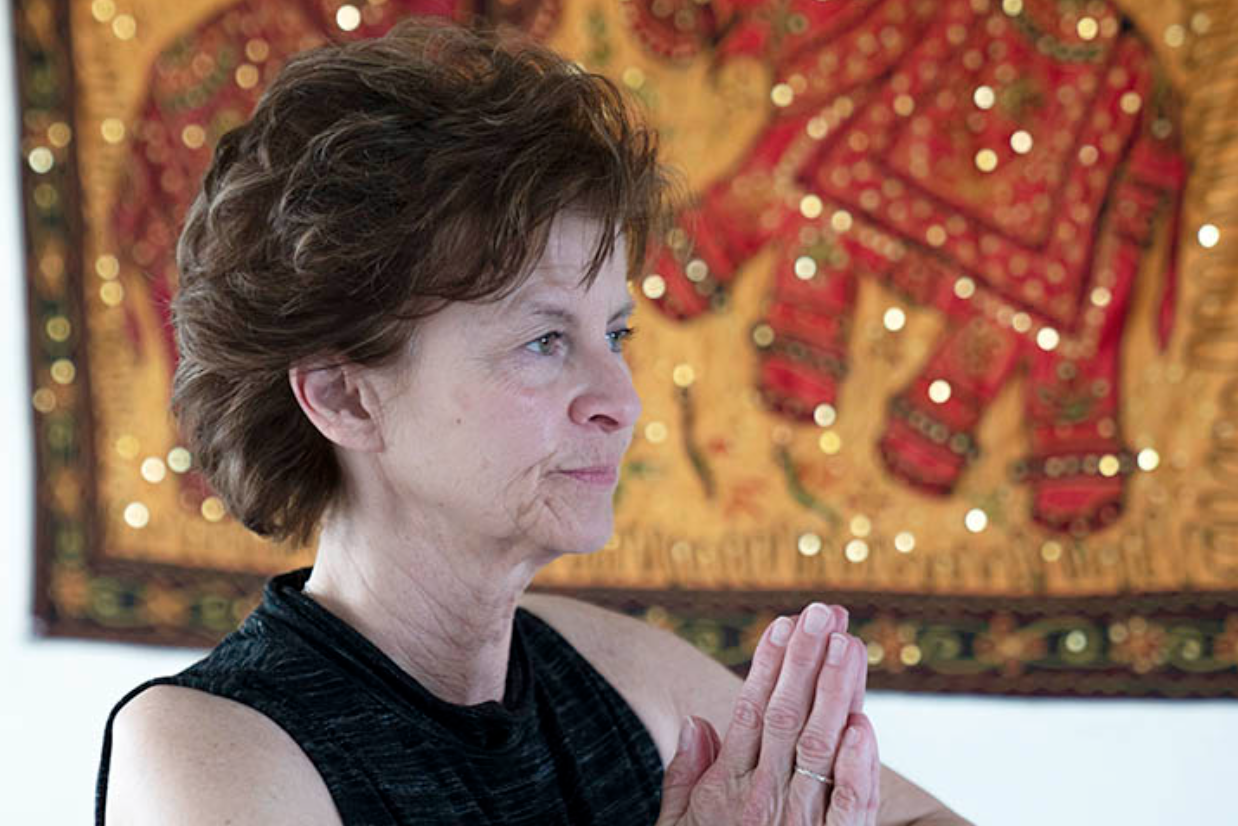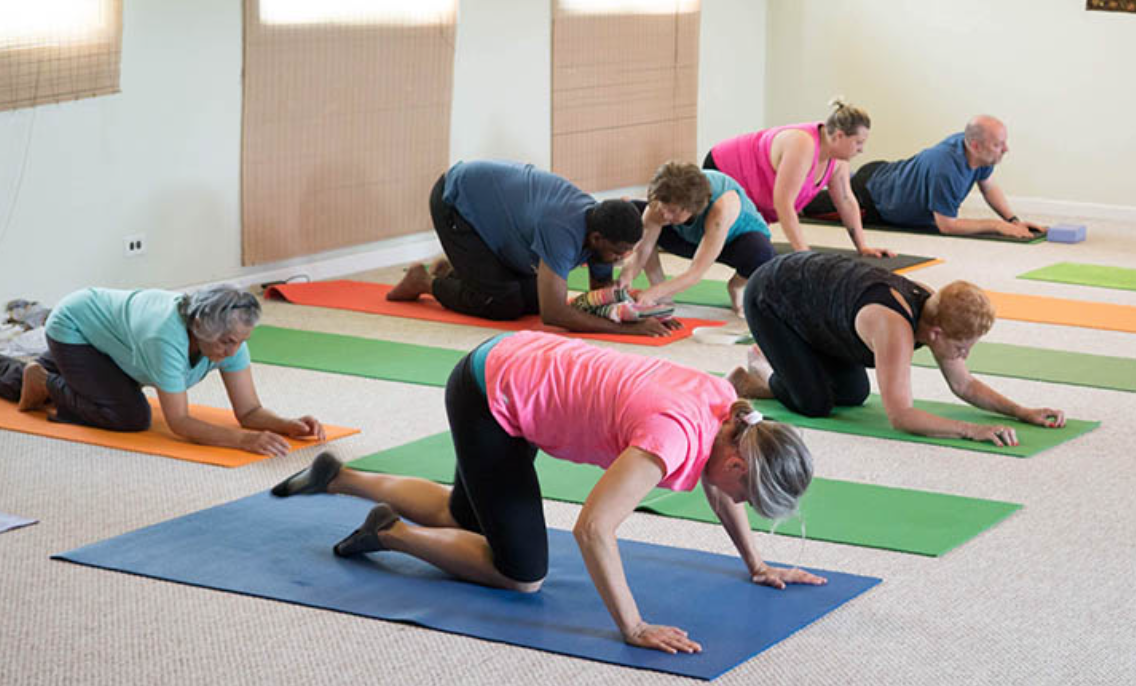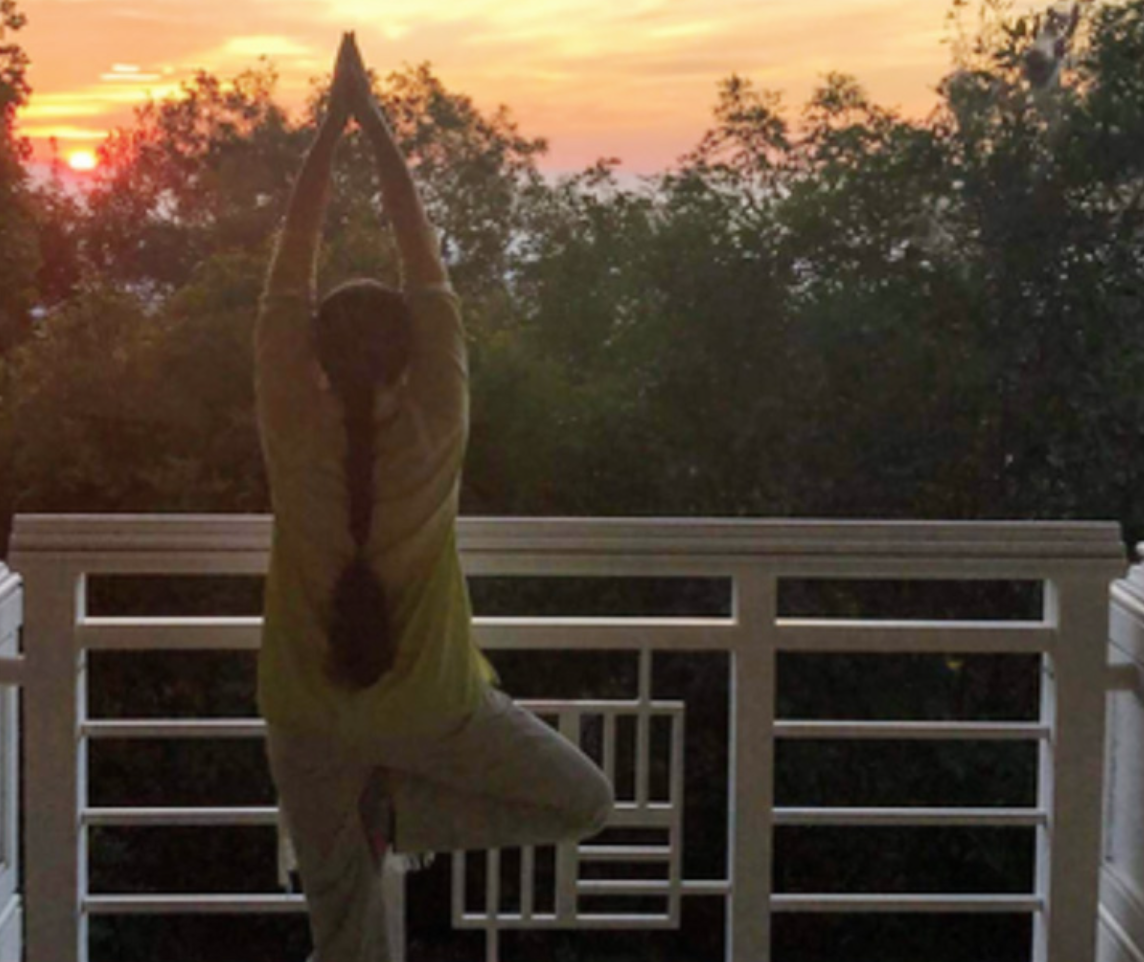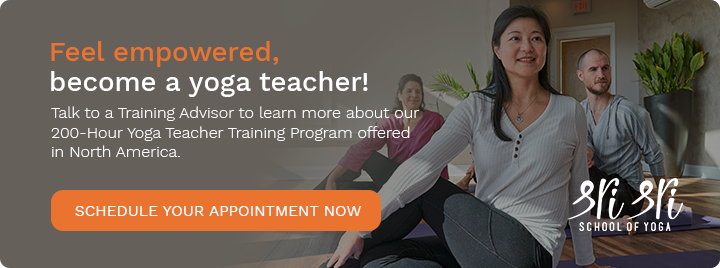The call to teach yoga is true and rewarding. These 14 qualities of a good yoga teacher can help keep your students return back to you again and again.
Teaching a great yoga class is more than leading an asana routine, and being a good teacher isn’t about performing the most impressive pose. It’s about how passionately you have integrated and incorporated yoga as a way of life into your own life, and how authentically you share what you know with others. Here are a few things that I have learned in my evolving journey as a yoga teacher.
1. Start and end the class on time, but be available to connect with and help your students before and after.
This demonstrates that you respect everybody’s time and schedule, yet you make yourself accessible for all their queries and needs. If there are newbies in your class, make sure to welcome them and make them feel comfortable.
2. Prepare the outline of the class, but leave room for spontaneity.
Have a general idea of what you want to talk about or guide your students into. But be ready to throw that aside, be in the present moment, adjust to what comes up, and go with the flow.
3. Begin with centering and quieting the mind.
Bringing attention to the breath and that quiet place within will help you and your students to disconnect with the events of the day and will prepare everyone for class.
4. Let your presence and sublime silence communicate more than your words.
Set the tone of your class with your loving, peaceful presence, silence, and genuine smile. Be natural, authentic, and informal. When you are cordial and natural, you are able to connect with everyone on a meaningful level. When you give your cues or instruct, speak clearly, precisely, crisply, and minimally. Be simple and communicate in a way that seems effortless and unadorned.
5. Make the power of voice and words work for you and your students.
Let there be pearls of wisdom in your words, strength and calmness in your voice, and softness in your heart. Choose words and tones that inspire, empower, uplift, and settle the chattering mind. Be genuine, and say what you mean.
6. Listen to your students.
Read their minds. Understand their needs – whether physical, emotional, or spiritual – and adjust your class to deliver what they need. Make personal connections—sometimes just a loving glance, an assuring smile, a gentle pat, a kind word, a wise-well thought out advice, or a question to reflect upon is just what a student needs. Help them discover their own potential and the real, authentic self. Encourage their good qualities.
7. Come from a space of serving, giving, sharing, and mutual learning.

Be less self-promoting and business-like. Be humble. Be content. More than a teacher or instructor, be a yogi friend. Create an environment of mutual learning and sharing. Come from a space of benevolence, abundance, and offering – wanting to do good to society and good to individual people.
8. Lead by example.
Walk the talk. Do not preach. Share from your own life experiences. Share and speak what you practice. Demonstrate what it takes to live yogic values, especially the yamas and niyamas.
9. Be natural.
Be natural, authentic, and free. Feel at home, and let everyone else too feel at home.
10. Lead students into the true and complete experience of yoga.
Include not just asanas but also pranayama, pratyahara, and meditation too. Avoid giving too many elaborative instructions on how to do any asana. Everyone need not be picture perfect in the poses. Just give a few instructions and let them dive deep into the experience of yoga, and the union of mind, body, and spirit.
11. Keep the corrections to a minimum.

Everybody is unique: stability, flexibility, and strength vary from person to person. Expect some variations in poses too. If you are teaching a beginning level class, teach how to do each asana systematically, but without imposing perfection. Let your students feel comfortable in the pose. Help them to adjust so that they don’t injure themselves. Teach them the graceful acceptance of where one is in life, and that your body can respond differently on any given day. As far as possible, don’t disturb the energy that they have generated by touching or correcting them too often. If your students are familiar with the poses, and if you are leading them directly into any sequence, then focus on giving them the deeper experience of yoga. In the words of Gurudev Sri Sri Ravi Shankar, “Each asana should be done keeping in mind that the goal of this is not the correctness of the posture, but to experience infinity.”
12. Eyes closed or open? Vary this keeping in mind the level and experience of students.
Whenever I am demonstrating, I keep my eyes closed and attention inward. This encourages students also to do the same. If I am instructing a beginner level class, I keep my eyes open, as these students require some observation and attention. During advanced classes, I generally keep my eyes closed and encourage students too to keep their eyes closed. This makes asana practice also more meditative.
13. Integrate yoga wisdom into asana practice.
Be in the knowledge. Talk about yoga wisdom nuggets as and when appropriate, and encourage your students to integrate the 5 yamas – ahimsa, staya, asteya, bhramacharya, aparigraha – and the 5 niyamas – shouch, santosha, tapas, swadhyay, ishvara pranidhana – into their practice on the mat. Stimulate and ignite self-inquiry and the thirst for life transforming knowledge by giving anecdotes from ancient yoga texts like Yoga Vasistha, Bhagwat Gita, Yogasara Upanishad, Patanjali Yoga Sutras, and likes.
14. Last but not least, have dedicated time for your own practice.

This is the most important key to being a great yoga teacher. While demonstrating poses to the class, remember it is not a substitute for your own practice. The deeper you are into your own practice, the deeper you can dive into your teaching. Ultimately, the depth, love, passion, and dedication that you have in your own yoga practice is going to inspire your students the most.
In the words of Kara Fujita Jovic, “Hard work, dedication, right intention, and simply showing up to our mats, beyond the poses or expectations—it’s this exchange of energy between teacher and student, from one kindred spirit to another, that keeps the ancient tradition of yoga alive.”
Immerse yourself into that ancient tradition! Be the light and love that you are!
Happy teaching!
Are you interested in becoming a 200-Hour certified yoga teacher?
Sri Sri School of Yoga is a registered school with Yoga Alliance. It offers the most authentic, traditional (scripture-based), and accessible 200-Hour teacher training programs in online, hybrid and in-person set up.


